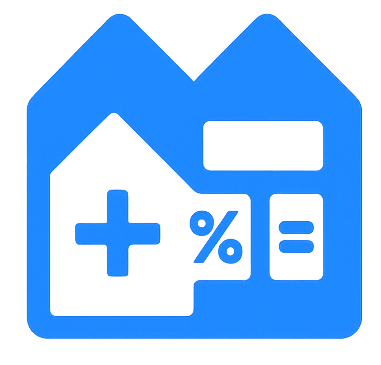June 18, 2025
•
9 minute read
Follow this 2025 refinance playbook to evaluate current rates, breakeven costs, and strategies after the recent mortgage rate spike.
Key takeaways
- Determine your break-even point by dividing total closing costs by the monthly payment reduction.
- Explore combination strategies such as refinancing into a shorter term while eliminating PMI.
- Rate-and-term refinances typically require 20% equity, but streamlined FHA and VA options can work with less.
May 14, 2025
•
10 minute read
Discover proven tactics to lower your mortgage interest rate, including credit optimization, lender negotiation, buydowns, and timing the market.
Key takeaways
- Boosting your middle credit score by 20 points can shift you into a better pricing tier worth thousands in savings.
- Comparing quotes from at least three lenders can lower your rate by 0.25% or more according to CFPB research.
- Combining a short lock window with targeted discount points often produces the optimal break-even savings.
April 22, 2025
•
9 minute read
Learn how mortgage discount points work in 2025, how to calculate break-even periods, and when buying points maximizes payment savings.
Key takeaways
- One point equals 1% of the loan amount and typically lowers the interest rate by 0.125% to 0.25%.
- Calculate break-even in months by dividing the cost of points by the monthly payment savings.
- Buying points makes the most sense when you expect to keep the mortgage beyond the break-even point and have emergency savings intact.
March 28, 2025
•
9 minute read
Understand investment property mortgage requirements, from down payment rules to reserve guidelines and rental income calculations.
Key takeaways
- Expect 15% to 25% down payments and six months of reserves for each financed property.
- Lenders often apply a 25% vacancy factor to rent before counting it toward income.
- Short-term rentals require additional underwriting, including documented occupancy permits and insurance proof.
March 18, 2025
•
7 minute read
Compare 30-year and 15-year mortgage payments, lifetime interest, and break-even math so you can lock the term that fits your cash flow.
Key takeaways
- A 15-year mortgage can save tens of thousands in interest, but the monthly payment may be 40% to 60% higher.
- Calculate an accelerated payoff scenario on a 30-year loan to see if voluntary extra principal fits better than a mandatory 15-year payment.
- Consider future milestones like childcare costs, career changes, or investment plans before locking in a shorter term.
February 24, 2025
•
8 minute read
Use targeted credit score strategies to qualify for top-tier mortgage pricing, from utilization hacks to dispute workflows and tradeline management.
Key takeaways
- Target a middle FICO of 740+ for top conventional pricing and 680+ for jumbo programs.
- Rapid rescoring can refresh bureau data quickly when you pay down revolving balances or correct errors.
- Adding a small-dollar secured card can round out thin credit files before you apply.
February 10, 2025
•
8 minute read
Use this 2025 mortgage pre-approval checklist to gather income, credit, and asset documentation that helps lenders issue fast approvals.
Key takeaways
- Confirm your credit scores, income streams, assets, and liabilities before the lender asks.
- Document two years of employment history, 60 days of asset accounts, and proof of any large deposits.
- Use a mortgage calculator to show you can comfortably absorb taxes, insurance, and PMI for the price range you target.
February 5, 2025
•
7 minute read
Learn how to use a mortgage calculator to plan your housing budget, test scenarios, and build a realistic offer strategy.
Key takeaways
- Model at least three price points so you understand how small rate changes impact affordability.
- Enter realistic tax and insurance numbers using local data instead of default assumptions.
- Save amortization charts to track equity growth, break-even points, and payoff timelines.
January 30, 2025
•
8 minute read
Evaluate FHA and conventional mortgages in 2025, including minimum down payments, mortgage insurance costs, and best-fit borrower profiles.
Key takeaways
- FHA loans allow 3.5% down with scores as low as 580 but require mortgage insurance premiums for most of the loan life.
- Conventional loans waive private mortgage insurance once you reach 78% loan-to-value or request removal at 80%.
- Higher credit scores and larger down payments typically favor conventional loans, while heavier debt loads may lean toward FHA flexibility.
